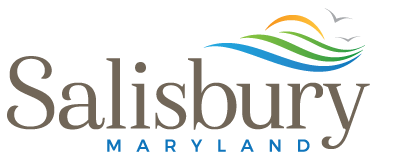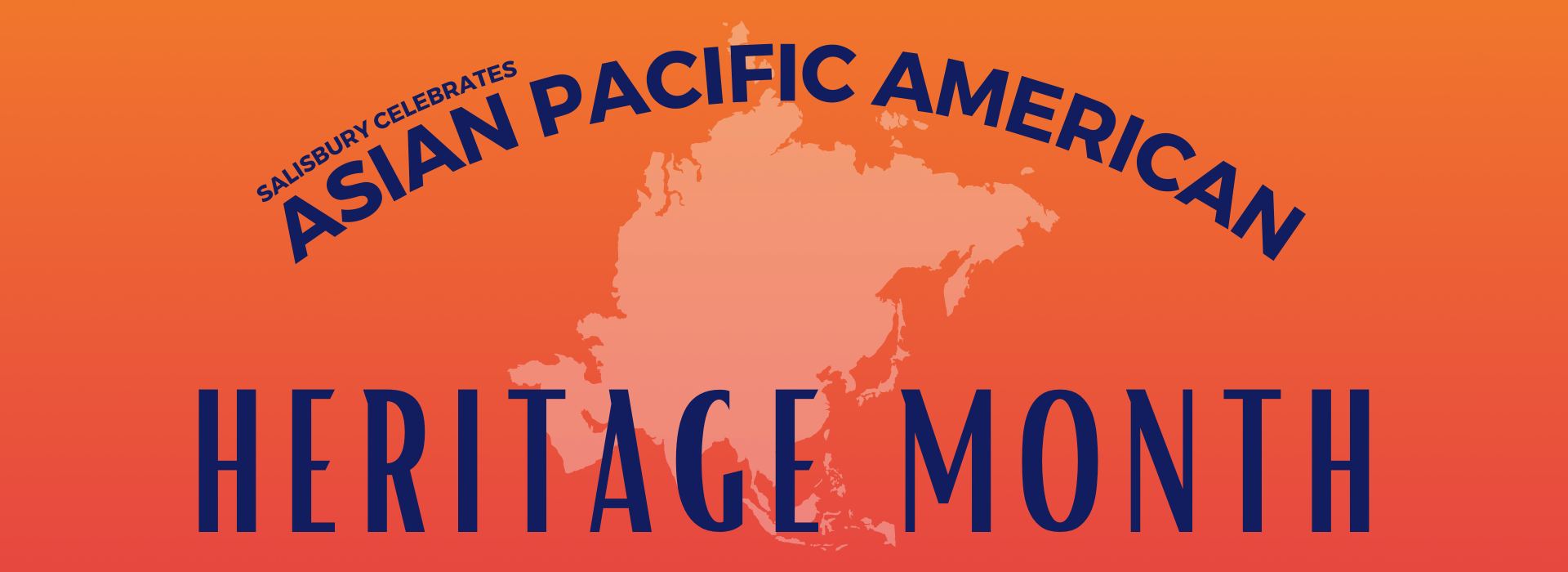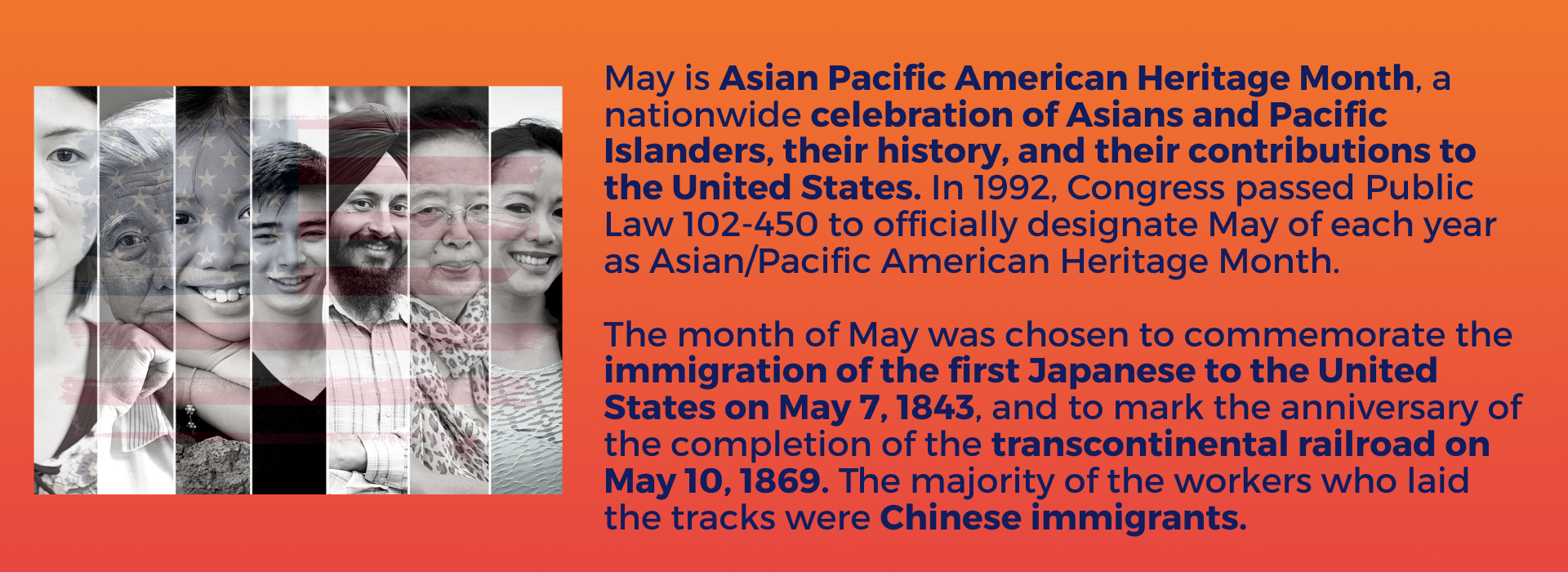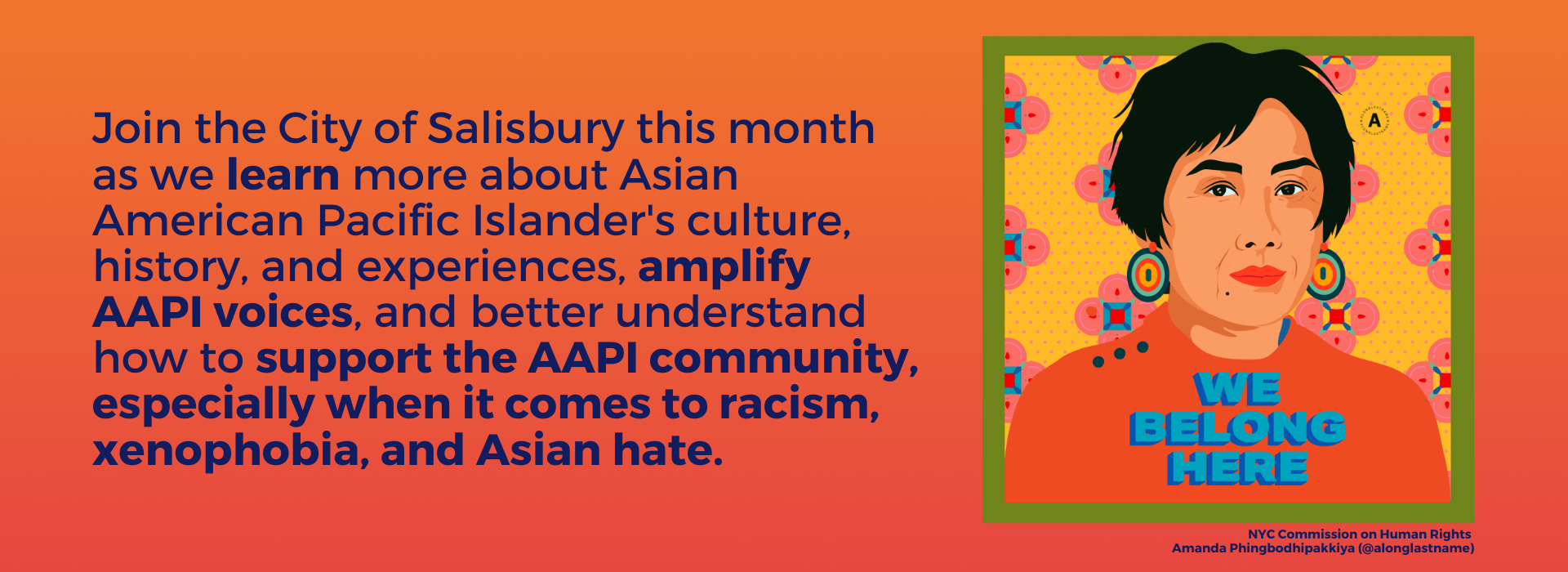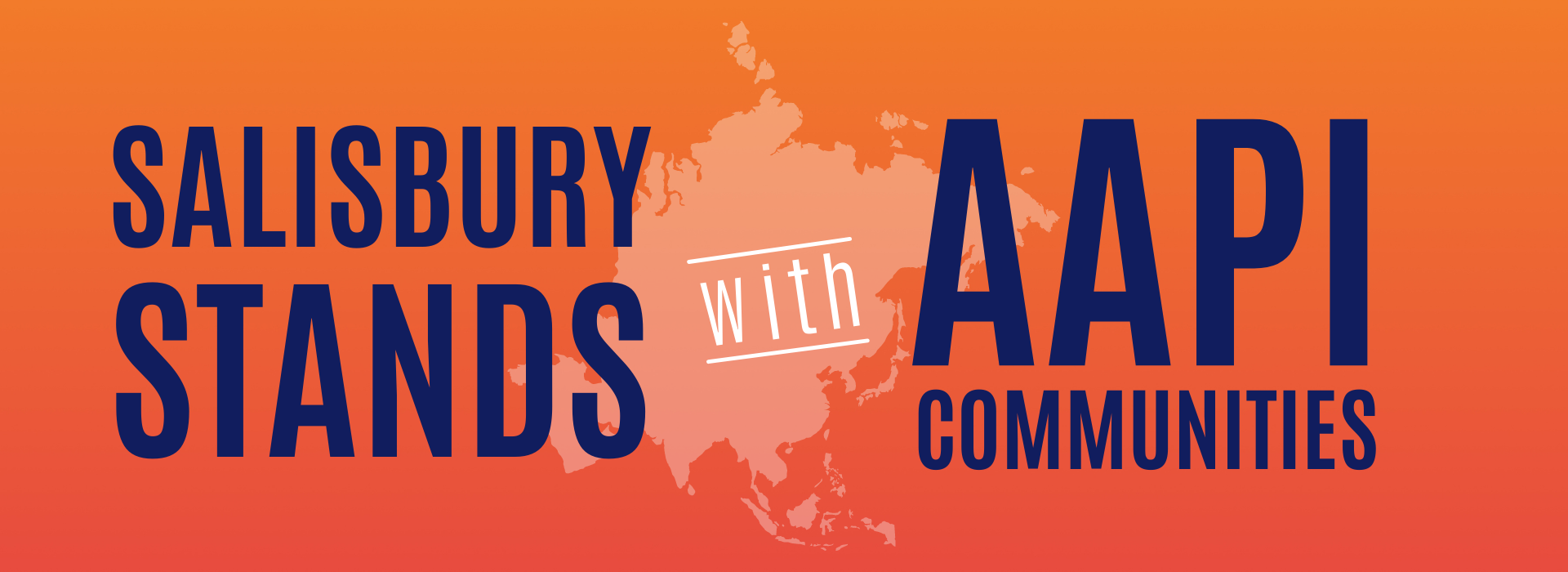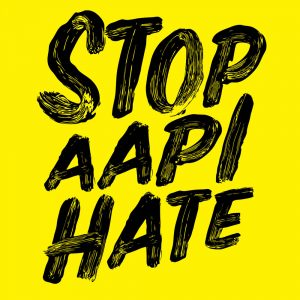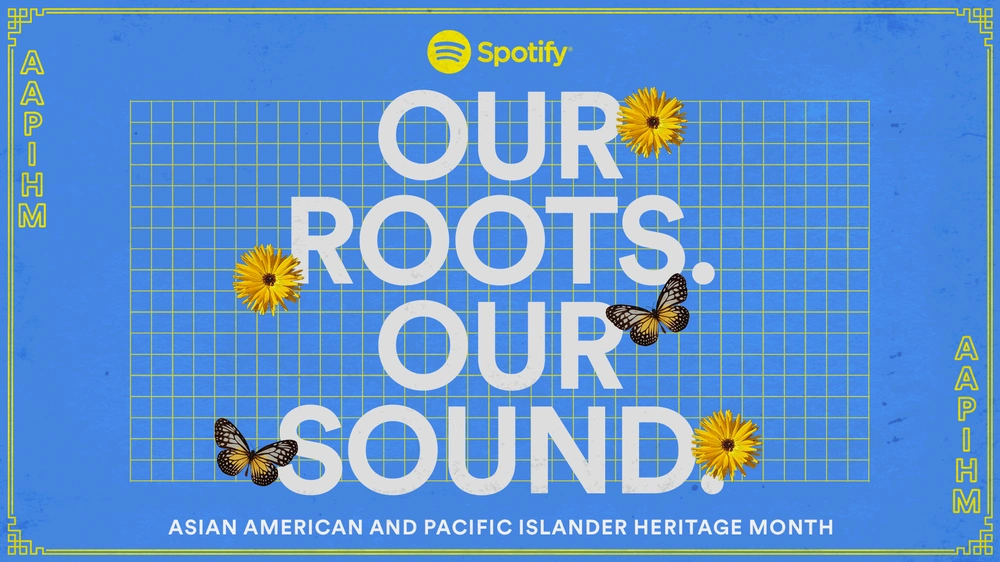-
Who makes up the AAPI community?
A rather broad term, Asian/Pacific encompasses all of the Asian continent and the Pacific islands of Melanesia (New Guinea, New Caledonia, Vanuatu, Fiji and the Solomon Islands), Micronesia (Marianas, Guam, Wake Island, Palau, Marshall Islands, Kiribati, Nauru and the Federated States of Micronesia) and Polynesia (New Zealand, Hawaiian Islands, Rotuma, Midway Islands, Samoa, American Samoa, Tonga, Tuvalu, Cook Islands, French Polynesia and Easter Island). Learn more here.
-
Asian Pacific Islander's History in the U.S.
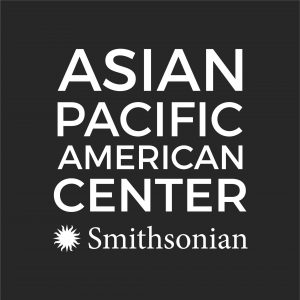 The Smithsonian Asian Pacific American Center brings history, art and culture to you through innovative museum experiences and digital initiatives.
The Smithsonian Asian Pacific American Center brings history, art and culture to you through innovative museum experiences and digital initiatives.Asian Pacific America is the story of a vibrant, diverse, and resilient set of communities that have been part of the American experience for more than two hundred years. It is the story of two continents and a constellation of islands joined by the migration, exchange, and competition of people and ideas. Yet, across museums and galleries in the nation’s capital and around the country, we find only fragments of America’s rich Asian Pacific heritage.
There are more than 17 million people of Asian or Pacific Islander descent in the United States. In less than 50 years, nearly one of every ten people in America will trace his or her heritage to Asia and the Pacific–a region that covers more than one third of the earth–including the Far East, Southeast Asia, the Indian subcontinent and the Pacific. This region is also home to nearly half of the world’s population, natural life, nations, economies, major faiths and languages.
America is—and has been—a Pacific Rim nation. Our understanding of America and America’s standing in the world is richer, more compelling, and more powerful when it includes the Asian Pacific American story. The Smithsonian Asian Pacific American Center serves as a dynamic national resource for discovering why the Asian Pacific American experience matters every day, everywhere, and all of the time.
-
Podcasts
Asian American History 101
Asian American History 101 is a podcast co-hosted by Gen and Ted Lai, a daughter and father team.Kualapuu Makahiki Podcast
During the Summer of 2019 the 1st-3rd grade students of the Kualapu’u Public Charter School on Moloka’i worked to record the voices of their parents, grandparents, and community speaking about the traditional Native Hawaiian season of Makahiki. This is their story.Asian Enough
From the Los Angeles Times, “Asian Enough” is a podcast about being Asian American — the joys, the complications and everything else in between.Joy Luck Hub
In this podcast about Asian and Asian American arts and entertainment, Eric Cheng and Shirley Chen chat with artists, entertainers, creators, journalists, and academics to get their perspectives on the industries they cover.unModeling Minorities
Welcome to unModeling Minorities, a podcast dedicated to amplifying the stories and experiences of the Asian American and Pacific Islander (AAPI) communities.Asian Not Asian
Welcome to Asian Not Asian, a podcast where two Asian guys not from Asia talk about American issues no American cares about. -
Nine Women to Know for Asian American and Pacific Islander Heritage Month
By Healoha Johnston of the Smithsonian Asian Pacific American Center and Sara Cohen of Because of Her Story
1. Patsy Mink
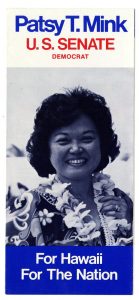
In 1964, Patsy Mink became the first woman of color elected to the U.S. House of Representatives. Her Congressional career spanned decades (1964–1977; 1990–2002). She was a key author for Title IX, a law that advanced gender equity within federal funding policies for education. This law was later renamed the Patsy T. Mink Equal Opportunity in Education Act in her honor.
2. Muna Tseng
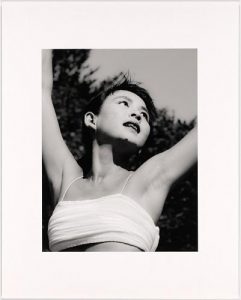
Muna Tseng works as a choreographer, performer, and founder of Muna Tseng Dance Projects Inc. Born in Hong Kong, she started classical Asian dance classes around age seven. Her work as a choreographer incorporates a mix of ballet, American modern dance, and elements of Chinese, Japanese, and Korean dance traditions. In 1977, she and her brother, photographer Tseng Kwong Chi, moved to New York. When Tseng Kwong passed away in 1990 due to AIDS-related causes, Muna became an advocate, archivist, and estate manager of his work.
3. Hina Wong-Kalu, Isabella Borgeson, Kayla Briët, and Wang-Ping Oshiro
Hina Wong-Kalu, Isabella Borgeson, Kayla Briët, and Wang-Ping Oshiro are educators, artists, and community organizers. They are featured in director Jess X. Snow’s documentary short film AFTEREARTH. In AFTEREARTH, these four women fight to preserve the land for future generations. Wong-Kalu, Borgeson, Briët, and Oshiro use art and activism to address environmental issues and produce positive change. Though each comes from a different cultural background, they all apply their own ancestral knowledge in their work.
4. Christine Sun Kim
Christine Sun Kim explores sound in her drawings, performance, and installation work. She uses art to advocate for Deaf culture and make connections between linguistics, music, and American Sign Language (ASL). She explained on The World radio program how signing is empowering, “I truly believe American Sign Language is important because from the beginning, when a child is born, if they learn ASL, they have full access to information.” Kim recently participated in our Hirshhorn Museum and Sculpture Garden’s Artist Diaries program. In this video she talks about what it’s like making art during the current global pandemic.
5. Jhumpa Lahiri
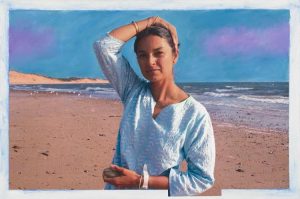
Author Jhumpa Lahiri won the Pulitzer Prize in 2000 with her debut short story collection, The Interpreter of Maladies. Born in London to Bengali parents, Lahiri moved to Rhode Island at age three. As a child she was inspired by her grandfather’s stories of India, and her father’s extensive book collection. Her career as an author is informed by these memories and experiences in storytelling. In this collage from our National Portrait Gallery, artist Raymond Elman portrays Lahiri by the sea in Cape Cod.
6. Toshiko Takaezu
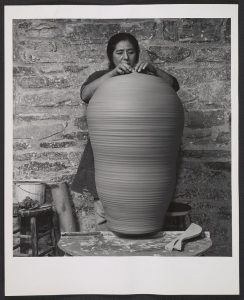
Toshiko Takaezu was a trailblazer in ceramic art-making during the 1970s. She is best known for creating large, closed-vessel sculptures. At the time, fellow artists expressed shock that a woman could make such large pieces, some taller than the artist herself. Takaezu merged aspects of Japanese tea ceremony, calligraphy, and American Abstract Expressionism to create a new style from these diverse art traditions. She had a long career as an artist and teacher at the Cleveland Institute of Art and Princeton University.
7. Chien-Shiung Wu
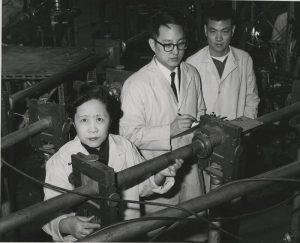
Chien-Shiung Wu was a leader in experimental physics. Wu emigrated from China in 1936 to earn a Ph.D. at the University of California, Berkley. Anti-Asian prejudice in California made it difficult to find West Coast work, but Wu secured positions at several universities on the East Coast. This photo from our Smithsonian Institution Archives shows Chien-shiung Wu working at Columbia University with physicists Y.K. Lee and L.W. Mo. Wu and her team’s experiments confirmed the theory of subatomic particle behavior known as “weak interaction.”
8. Mona Haydar
Syrian American poet and rapper Mona Haydar is best known for her first music video, “Hijabi” (2017). The song responds to questions and comments frequently received by women who cover their heads. Billboard named the song one of the top 25 feminist anthems of all time.
9. Emily Kauʻiomakaweliokauaionalaniokamanookalanipo Kukahiwa Zuttermeister
Emily Kauʻiomakaweliokauaionalaniokamanookalanipo Kukahiwa Zuttermeister, also known as Aunty Kauʻi, is a revered Kumu Hula (master hula teacher) from Hawaiʻi. She trained in the hula pahu tradition of Samuel Pua Haʻaheo before becoming a teacher in 1935. Zuttermeister helped revitalize ʻŌlelo Hawaiʻi (Hawaiian language) and culture by teaching hula. She was part of a community of leaders who raised awareness about hula as a storytelling art form created by the Hawaiian people to recall and share their knowledge.
-
Righting a Wrong: Japanese Americans and World War II
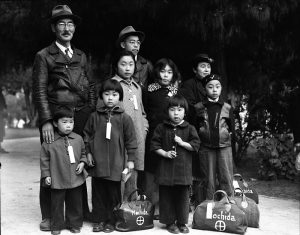
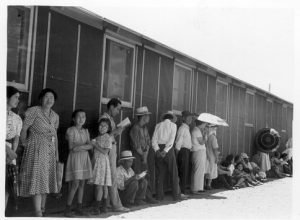
Righting a Wrong: Japanese Americans and World War II: brought to you by the National Museum of American History
After Japan attacked Pearl Harbor on December 7, 1941, and the United States entered a war in Europe and the Pacific, the nation was overcome by shock, anger, and fear—a fear exaggerated by long-standing anti-Asian prejudice. Ten weeks later President Franklin Roosevelt signed Executive Order 9066, under which nearly 75,000 American citizens of Japanese ancestry were taken into custody. Another 45,000 Japanese nationals living in the United States (but long denied citizenship because of their race) were also incarcerated. Some forty years later, members of the Japanese American community led the nation to confront the wrong it had done—and to make it right.
This website is based on an exhibition that was on view at the National Museum of American History from February 2017 to July 2019.
-
Celebrate AAPI Heritage with the National Park Service
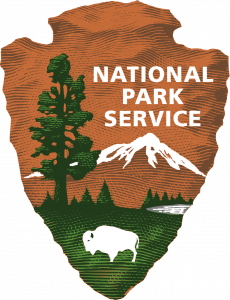 Asian Americans and Pacific Islanders have a rich heritage thousands of years old and have both shaped the history of the United States and had their lives dramatically influenced by moments in its history. Every May during Asian Pacific American Heritage Month and throughout the year, the National Park Service and our partners share those histories and the continuing culture thriving in parks and communities today. There are countless stories and historical events connected to national parks and communities shared through National Park Service programs and partners. Here are some suggestions to begin exploring or to learn more:
Asian Americans and Pacific Islanders have a rich heritage thousands of years old and have both shaped the history of the United States and had their lives dramatically influenced by moments in its history. Every May during Asian Pacific American Heritage Month and throughout the year, the National Park Service and our partners share those histories and the continuing culture thriving in parks and communities today. There are countless stories and historical events connected to national parks and communities shared through National Park Service programs and partners. Here are some suggestions to begin exploring or to learn more: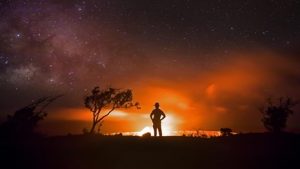
Voices of Science: A podcast series takes listeners on an acoustic voyage to discover tales of extinction, invasion, volcanic eruptions, and ancient navigation through national parks in Hawai‘i, including Hawai’i Volcanoes.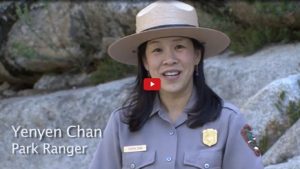
A Glimpse into Chinese History: Join a park ranger sharing the important role that Chinese immigrants played in shaping the Yosemite that we know today.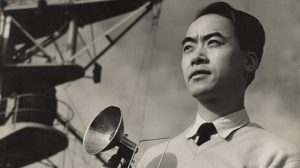
Breaking Barriers: World War II challenged American cultural beliefs, biases, and practices surrounding race, culture, and ethnicity.
Memorial in the Nation’s Capital: The Japanese American Memorial to Patriotism During World War II honors those who served with the military and those on the home front.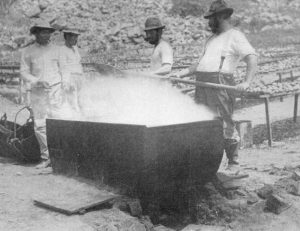
The Archeology of Abalones: Chinese and Japanese Fishing Camps in Channel Islands National Park: From the mid-1800’s to early 1900’s, Chinese and Japanese fishermen harvested abalone around the Channel Islands. Archeology has uncovered what daily life was like for these individuals as they worked and camped on the islands.
-
Stop AAPI Hate
In response to the alarming escalation in xenophobia and bigotry resulting from the COVID-19 pandemic, the Asian Pacific Planning and Policy Council (A3PCON), Chinese for Affirmative Action (CAA), and the Asian American Studies Department of San Francisco State University launched the Stop AAPI Hate reporting center on March 19, 2020. The center tracks and responds to incidents of hate, violence, harassment, discrimination, shunning, and child bullying against Asian Americans and Pacific Islanders in the United States.
Our approach recognizes that in order to effectively address anti-Asian racism we must work to end all forms of structural racism leveled at Black, Indigenous, and other communities of color.
Our 5-pronged approach is to:
- Serve as the leading aggregator of anti-Asian and anti-Pacific Islander hate incidents
- Offer multilingual resources for impacted community members
- Provide technical assistance from rapid response to preventative measures
- Support community-based safety measures and restorative justice efforts
- Advocate for local, state, and national policies that reinforces human rights and civil rights protections
-
Asian American Racial Justice Toolkit
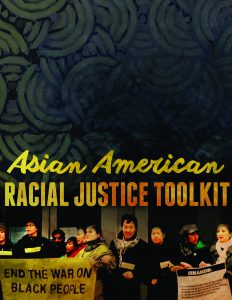 Asian American Racial Justice Toolkit:
Asian American Racial Justice Toolkit:This toolkit represents the work and thinking of 15 grassroots organizations with Asian American bases living in the most precarious margins of power: low-income tenants, youth, undocumented immigrants, low-wage workers, refugees, women and girls, and queer and trans people. It reflects their experiences with criminalization, deportation, homophobia, xenophobia and Islamo-racism, war, gender violence, poverty, and worker exploitation. All of the modules are designed to begin with people’s lived experiences, and to build structural awareness of why those experiences are happening, and how they are tied to the oppression of others. By highlighting the role of people’s resistance both past and present, the toolkit also seeks to build hope and a commitment to political struggle. In these perilous times, it is an intervention by today’s Asian American activists to restore our collective humanity across our differences through a practice of deep democracy, by looking first to history and then to one another to build a vigilant and expansive love for the people.
-
Asian, Pacific Islander, and South Asian American (APISAA) Therapist Directory.

With the rapid development of and focus on personal well-being in individualistic societies, people are now more aware of the detrimental effects of poor mental health and mental illnesses than ever before. However, as members of the Asian Diaspora, there are often strong cultural underpinnings related to our mental health experiences that go unaddressed. Mental health issues do not exist in individuals only, and this is especially true for those who come from cultures that value collectivism. Experiences shaped by cultural ideals that value face, achievement, and filial piety are interwoven in the fabric of our understanding of the world. Intertwined with generations of exposure to trauma, these ideals, while not inherently unhealthy, are often expressed in ways that create dissonance for the children of the diaspora who live in increasingly globalized societies. It is apparent that there is a generational and cultural rift in many Asian families, with mental health woven through both overt confrontations and unspoken grievances as a result.
AMHC hopes to help bridge those divides.
Check out their Therapist Directory here.
-
Stay Safe from Hate Booklet
Asian American Federation: Established in 1989, with the mission to raise the influence and well-being of the pan-Asian American community through research, policy advocacy, public awareness, and nonprofit support, AAF is the largest umbrella leadership organization in New York serving diverse Asian American communities that make up the fastest-growing population in the city, state, and country.
Anti-Asian Bias Reporting Form: If you have experienced a physical assault, physical menacing, verbal harassment/name-calling, being barred from an establishment or transportation, workplace discrimination, shunning, or other form of racial bias, please tell us your story. We do not share your personal information with law enforcement or immigration. Your reporting will not put you at risk for deportation or affect your ability to apply for a green card or citizenship.
You may choose to report your story anonymously. All personal information will be kept confidential unless we explicitly receive permission from you. Thank you for being brave and coming forward and empowering others with your story. Please describe in detail what happened in the form.
Stay Safe from Hate Booklet: This guide was designed and made available for free to the public by the Asian American Federation. Build on your knowledge of how to defend and protect yourself and your loved ones with these proven and effective methods recommended by experts at the Center for Anti-Violence Education. The booklet aims to help you to communicate calmly and de-escalate tense situations, teach you easy techniques to defend yourself physically, and show you how to protect others using bystander intervention methods.
